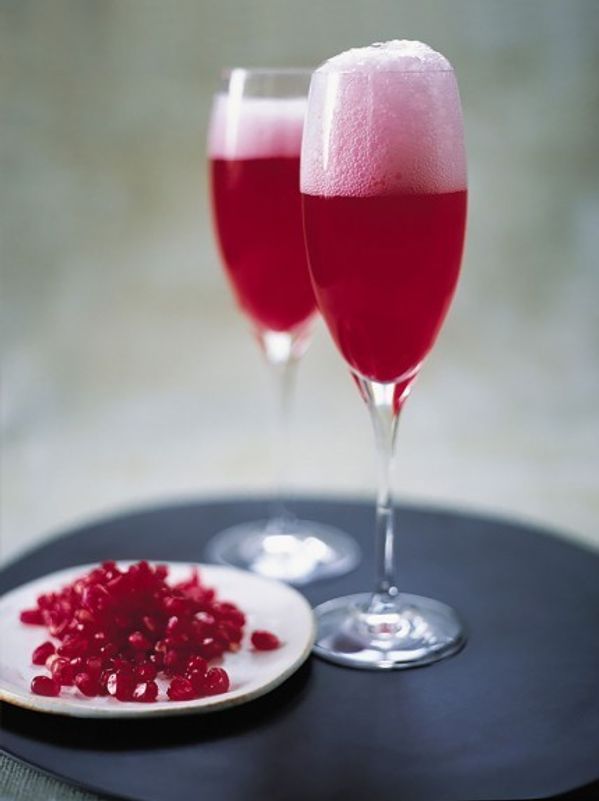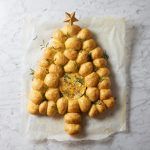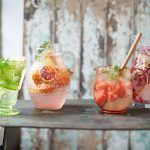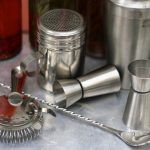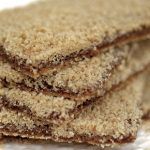Standing in the wine aisle of your local supermarket wishing desperately that you knew more about which kind of bubbles to buy this Christmas?
Don’t fear, the simple guide to picking your perfect sparkling tipple is here.
Here’s what you need to know about the holy trinity of fizz:
Prosecco
This juice has seen an astronomical rise to fame in recent years due to its beautifully juicy flavours and just how easy it is to drink (often a bottle, in my case!). I’ve found that prosecco can transform even the dullest of relatives into engaging and enthralling human beings, so try not to skimp on serving size for anyone that looks like they need a little cheering up this Christmas.
Prosecco originates from a small town in the North East of Italy called Prosecco (believe it or not) and you will find most prosecco comes from this part of the world (although there are other regions that have started to produce very similar wines under the same name). The grape in prosecco is (drumroll please) prosecco, or ‘glera’, and generally speaking you can expect playful candied pear, apple and white peach flavours, balanced out by a lovely crisp acidity. It is also typically a lot less expensive than champagne due to its method of production, which involves a second mass fermentation in steel tanks rather than individually in-bottle. For this reason, it’s also worth noting that, unlike champagne, prosecco is best drunk as young and cold as possible.
For great ideas on how to spruce up your prosecco this festive season, try Jamie’s Pimped-up Prosecco recipe.
Cava
Cava is also seeing a sharp increase in sales worldwide, and in the notebooks of all wine buffs there’s a note that says ‘cava: watch this space’. The majority of Cava is made in Catalonia, Spain, and until fairly recently was known as the ‘Champagne of Spain’ – until the French decided the title was far too catchy and the term champagne should only be used within the parameters of champagne itself. Boo.
Cava is made from three principle grapes: macabeo, xarel-lo and parellada (although nobody will expect you to remember that). Chardonnay and pinot noir are also permitted, and cabernet sauvignon and grenache are sometimes thrown in to make the rosé version. Cava, like champagne, experiences its second fermentation in-bottle, and this gives cava its nutty, toasty flavours. You can buy it ‘brut’ (dry and toasty) or ‘dolsec’ (toffee apples come to mind). Another winning factor when it comes to cava is that it’s also incredibly kind to your wallet, so do stock up on this if you have the kind of guests who won’t be able to distinguish between cava and champagne (nb; not many people can, especially after the first glass). You can buy great cava for between £6-10 in supermarkets, and if you’re going to drink a lot of it this festive season it’s always worth seeing what’s on offer at your supermarket or local wine shop, if you are lucky enough to have one near you.
Champagne
Champagne is, without a doubt, the sweetheart of all sparkling wine. It is the French answer to Julia Roberts; charming and elegant, yet flirtatious and exciting. It is also, unequivocally, THE Christmas tipple. Those complex, creamy layers of velvety happiness that dance on your tongue as you take your first sip on Christmas Day! The taste of falling in love! It was very same sauce that inspired Lily Bollinger to say “I drink it when I’m happy and when I’m sad. Sometimes I drink it when I’m alone. When I have company I consider it obligatory. I trifle with it if I’m not hungry and drink it when I am. Otherwise, I never touch it,” she said, “unless I’m thirsty.” You go, Lily.
The history of champagne is also littered with scandal and mystery, which of course makes it all the more intriguing – most notably the mysterious deaths of many of the male heads of champagne houses in the early life of champagne production. In this time, a death in a French household would leave his mourning widow (a ‘Veuve’) at the head of the winemaking operation. It was in this way that many of the champagne brands we know and love today shot to critical acclaim (Veuve Cliquot, Laurrent-Perrier, Pommery), and Champagne became one of the first industries in the history to be shaped by women. In fact, Madame Cliquot is often heralded as one of the most successful female entrepreneurs in history. Also of note is the fact that champagne was originally seen as an experiment gone wrong, as before the champagne cork was produced bottles were exploding all over the place, earning it the nickname ‘the devil’s wine’.
But back to basics. Champagne is made of three grapes: chardonnay, pinot noir and pinot meunier. A few other varieties are permitted in very small doses but are not regularly incorporated into the sparking mix. The second fermentation, like cava, is induced by the adding of yeast and sugar to encourage its sparkle. To be classified as a champagne the wine must be left for a minimum of 18 months in order to develop to maturity, and this is one of the many factors that pushes the prices of this famous tipple upwards. There are various things to note when choosing a champagne for your christmas celebrations; ‘Blancs de blancs’ (white from white) refers to champagne that is made purely from chardonnay, and you can expect a lighter wine with classic yeasty flavours and hints of lemon peel and brioche. ‘Blancs de noir’ (white from black) is made of the red grapes pinot noir and pinot meunier and these wines will encourage the fruitier notes in your champagne, making it more suitable for drinking with food. ‘Vintage’ on the label simply means that wines from the same year have been used to make the wine, whereas ‘Non-vintage (NV) means wines from different years were used. You can also buy champagne according to how ‘dry’ or ‘sweet’ you like it. Just look out for the following words on the label: ‘brut naturel’ (very dry) all the way to ‘doux’ (the sweetest). Note; ‘Brut’ (dry) is the most common.
The best piece of advice when buying champagne is to look for special offers, if buying a lot of it this Christmas, as you’re looking at £15+ for a bottle of decent stuff. Or, if you’re like me and your loved ones can’t tell the difference between the three sparkling delights discussed above, opt for one bottle of the expensive stuff before moving onto cava or prosecco and there’ll be no questions asked – just sighs of delight. Note; if questions are asked, either tell them that you are leading the way in sparkling wine fashion or top up their glass as quickly as you can.
Also worth checking out for the festive season (or any season, frankly) is Jamie’s Wicked Champagne cocktail.
Cheers!

